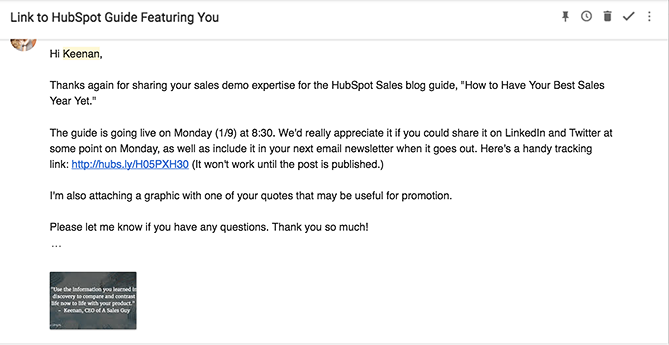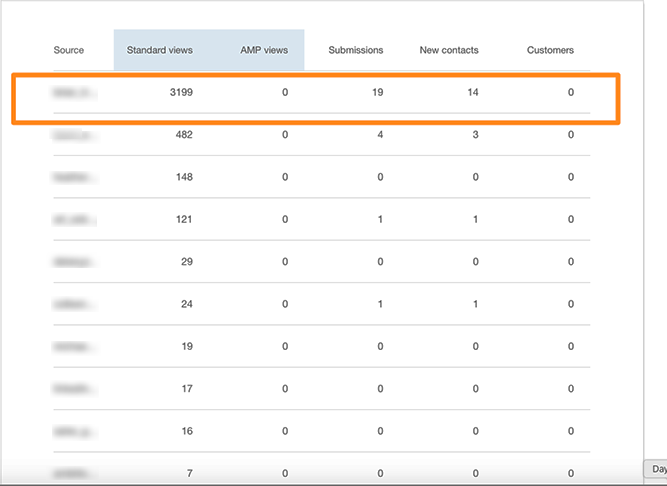
I ran my first experiment in influencer marketing in middle school. My mom had bought me a pair of practical (her words) but hideous (my words) sneakers — and insisted I wear them to gym class.
Believing — maybe rightfully — that my reputation hinged on having cool footwear, I convinced my mom to buy a second pair as a gift for my friend Kelly’s birthday. Kelly was the coolest girl in sixth grade. Everything she did turned into a trend.
Kelly wore her sneakers to gym, probably at behest of her mom. Next thing I knew, everyone was rocking my ugly shoes. I was trendy, not lame. The experiment was a total success.
I didn’t think about influencer marketing again until I joined HubSpot. On the blog team, we’re always looking for ways to scale traffic — which gets continually harder as your audience grows. We’ve already captured much of the “low-hanging fruit.” Partnering with influencers could help us reach new readers while bringing our current ones fresh insights and promoting worthy thought leaders. Win-win-win.
When I started experimenting with influencer marketing strategies for the HubSpot Sales Blog seven months ago, I was operating under a few key assumptions:
- If one influencer is good, 23 is better.
- A huge name on a standard quality blog post is better than an unknown name on a great quality post.
- Partnering with influencers is an efficient and scalable way to grow traffic.
Turns out, those assumptions were mostly — even completely — false.
Experiment #1: Is Influencer Marketing a Silver Bullet?
Let’s go back to November 2016, when I set out to create a blog post that received 10,000 views or more in its first 30 days.
For context, average views per Sales Blog post for November was 3,180.
I decided to create an influencer round-up (a type of post gathers quotes from multiple influencers on a single theme or topic). Harnessing the reach of some of the biggest names in sales through their social shares would surely push the post over the 10K line.
Since there are relatively few sales influencers, and their expertise is pretty varied, I chose a broad theme for the round-up post: How to Have Your Best Sales Year Yet. Each month received its own section and covered a different aspect of selling, from qualifying to giving demos.
Then it was time to get the influencers on board. First, I identified 30 sales experts and thought leaders, and wrote a personalized email to each one.
Twenty-three influencers agreed to participate. That’s approximately 77% of the 30 I approached — a great response rate that was likely bolstered by the personalized emails.
Next, I wrote custom questions for each influencer based on their area of expertise. I collected their interview answers for the post through a combination of phone and email interviews. I also asked each influencer to commit to promoting the post on LinkedIn and Facebook, as well as their email newsletter if they had one.
After the post went live, I created custom tracking URLs for each influencer to use for their share(s). This step allowed me to see exactly how much traffic every individual was responsible for. I also created a custom image for social media each influencer with a quote from their interview:

From start to finish, the entire post took me roughly 18 hours. A standard, non-influencer post takes me 45 minutes to an hour. That’s a big difference in time.
The Results:
The post ended up getting around 9,100 views in the first 30 days. The influencers were responsible for 4,143 of those views — each sharing their link on Facebook and Twitter within three days of the launch date, with several sharing the link on LinkedIn as well.
Sounds like our influencer strategy worked, right? Well, not quite.
When I dug deeper, I discovered the influencer traffic wasn’t distributed evenly. In fact, one person was responsible for 77% of all influencer traffic.


COMMENTS